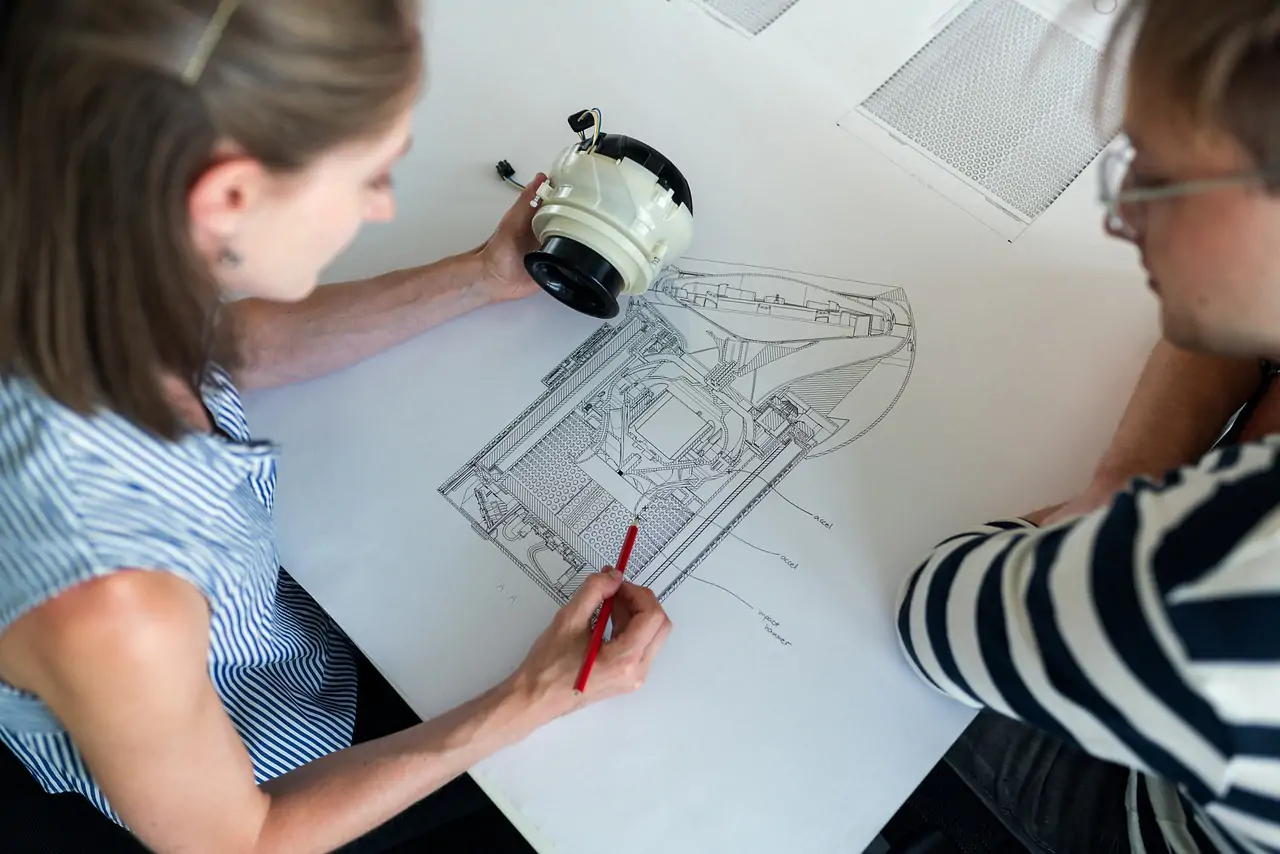In IELTS Writing Task 1, candidates are often required to describe various types of diagrams, including processes, life cycles, devices, flowcharts, and maps. According to the official IELTS guidelines, these tasks assess your ability to accurately describe an object, device, process, or event by focusing on the most important points, while leaving out minor details. Whether it’s explaining how something works or describing changes over time, mastering these diagram tasks is crucial for achieving a high band score.
A Brief Guide For All
Here’s a simplified guide to help you understand each type of diagram and how to approach them effectively. Keep in mind that, at times, these diagram types may be combined in a single task, making it harder to clearly separate them into distinct categories. For instance, a diagram explaining a device’s function may include a process that shows how the device handles specific tasks or materials. In such a case, you’d need to describe both the mechanical components and the sequential steps involved in the process.
Key Characteristics
- Describes steps in a linear or cyclical process.
- Focus on inputs, stages, and outcomes.
Examples
- Manufacturing instant noodles (Academic IELTS 15 Test 3 Task 1)
- How sugar is produced (Academic IELTS 16 Test 2 Task 1)
Brief Writing Guide
- Use sequence words (e.g., first, next, finally).
- Describe each stage in logical order.
- Focus on main steps.
Key Characteristics
- Shows the stages of development of a living organism or system.
- Usually cyclical.
Examples
- Lifecycle of the silkworm (Academic IELTS 6 Test 3 Task 1)
- Lifecycle of the salmon (Academic IELTS 10 Test 4 Task 1)
Brief Writing Guide
- Begin with the first stage.
- Use clear transitions between stages.
- Describe each stage concisely.
Key Characteristics
- Explains how parts of a device function.
- Includes technical components and their roles.
Examples
- How a power station works (Academic IELTS 14 Test 3 Task 1)
- How a washing machine operates (Appeared in real tests)
Brief Writing Guide
- Paraphrase the task.
- Explain each part’s role step by step.
- Focus on mechanical functions.
Key Characteristics
- Describes the flow of an event or system.
- Often interconnected stages.
Examples
- Water cycle (Appeared in real tests)
- Carbon cycle (Appeared in real tests)
Brief Writing Guide
- Describe each part of the cycle or flow.
- Show how stages connect.
- Use logical connectors.
Key Characteristics
- Illustrates changes to a place over time or compares different locations.
Examples
- Development of a sports center (Academic IELTS 13 Test 4 Task 1)
- Comparison of two regions (Academic IELTS 5 Test 3 Task 1)
Brief Writing Guide
- Use comparative language (e.g., previously, now, in contrast).
- Focus on spatial or structural changes.
Summary
Each type of diagram in IELTS Writing Task 1 has its unique characteristics.
- Process Diagrams: Focus on describing a series of steps in a linear or cyclical process (e.g., manufacturing, treatment).
- Life Cycle Diagrams: Describe the cyclical stages of living organisms (e.g., animals, plants).
- Device Diagrams: Explain how machines or devices work, focusing on their components (e.g., turbines, engines).
- Event Flow Diagrams: Describe natural or man-made systems involving multiple steps or flows (e.g., natural cycles like water or carbon).
- Maps: Illustrate spatial changes or differences over time or between different locations.
However, despite these differences, there are some key similarities.
- All tasks require a clear, logical description of the main stages or features.
- You must organize information effectively, describe changes sequentially, and use appropriate linking words.
- The writing approach, regardless of the diagram type, focuses on delivering accurate and concise descriptions without personal opinions.
In essence, it’s about structuring the response logically and ensuring the information flows smoothly.
